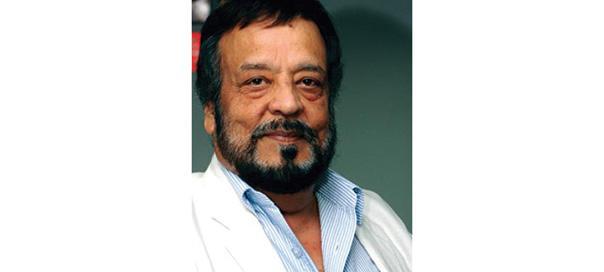There are, and always have been, conflicting views on the real role of media in a democracy, besides being the Fourth Estate that keeps a check on the elected government by making it responsible for every promise it makes and every action it takes. The reality is that the media plays different kinds of roles in different kinds of societies.
Ours is a special democracy because it is so diverse and full of extremes. It is a democracy in which more than 75% of the people are victims of a kind of backwardness that comes along with poverty and illiteracy. Some experts believe that because of this weakness, the Indian media, especially the electronic media, has a special role to play in educating backward people (who don’t or can’t read newspapers) by telling them about scientific ideas. They contend that Indian TV channels should not perpetuate their backwardness by presenting shows on astrology and superstitions, but uplift them to a higher mental level and make them a part of enlightened India by showing them educative programmes.
Some other experts say that TV programmes should not give its viewers “opium” by constantly showing them escapist TV shows on the glamour of cricket and Bollywood, but cater to their economic problems. They contend that, if not checked, these channels will keep on running a TRP rat race and keep on presenting meaningless shouting matches in the garb of “talk shows”, which just produce heat but shed no light on the country’s economic problems.
A US-based research group known as PEW Center for Civic Journalism has done a commendable job of analysing the different roles the media can or does play in a democratic society. They have categorized journalists into four categories – lapdogs, attack dogs, watch dogs and guide dogs.
LAPDOGS: This is the oldest model of journalism adopted by the small community newspapers. They were totally controlled by the owners and publishers. The role they often played was that of a civic booster. They thrived on advertising dollars.
ATTACK DOGS: This is a modern day model of journalism that we see every day in our English news channels, where most anchors play attack dogs when they interview leaders. First, they ask them pointed questions like a courtroom lawyer, and halfway through their answers, they suddenly cut them off. This model also applies to the recently conducted sting operations on the Delhi police by a TV channel to catch them red-handed on camera while accepting bribes and violating laws. This model was visible in the USA in the aftermath of the Watergate scandal, when some journalists were caught sifting through the trash bags kept outside Henry Kissinger’s home in downtown Washington. This kind of journalism was also seen during the Monica Lewinski scandal of the Clinton presidency. Trial by media also comes under this model.
WATCH DOGS: This is central to the role of independent journalism in a democratic society and most journalists take pride in adopting this role by following the principles of fairness, truth, balance and accuracy in their reporting. And in an effort to promote this role, many publications appoint a semi-independent employee as their ombudsman to whom readers can, if they wish, complain about the quality of the news coverage. However, there are some among the watch dog journalists, who are often doing more than simply covering stories, and trying to create controversies. They don’t report the news, but create news.
GUIDE DOGS: This is one of the new models being developed today. Citizen journalists on Indian and American TV screens are a direct outcome of this model. This is a kind of journalism that not only gives people news and information but also encourages them to fulfil their responsibility as good citizens. It challenges them to get involved in resolving problems.
In America, it has also come to be known as “civic journalism”, which is not aimed at undermining the watchdog role, but adding further responsibilities to it. The need for this kind of journalism is often triggered by the fear that citizens these days are not voting, not volunteering, and not participating actively in civic life and that people are not stepping forward to help tackle problems even in their own communities.
India needs more of this kind of journalism, especially after the recent political surge of the “common man” and sudden efforts by several political parties to turn India’s crony capitalism into a participatory democracy. Managing editors and news directors should initiate some experiments in their newsrooms to see if there could be different models, models that do not abandon the core values of journalism (accuracy, objectivity, independence and fairness), but are also useful to citizens.
The PEW center believes that journalists can be good guide-dogs without quitting their watch-dog role, but that they should abandon the attack-dog role. Now some may say this is a return to the fundamentals of good journalism and others may believe it is a revolutionary new approach to reporting the news. I would say we should always be ready to re-invent, if we want good journalism.
(Author/news analyst Ravi M. Khanna is a former South Asia bureau chief of Voice of America who now does freelance reporting from New Delhi)
Feedback: ravimohankhanna@gmail.com























